The Halo franchise seems to be turning over a new leaf, with 343 Industries having just been rebranded to Halo Studios and the recent news that the developer is working on multiple Unreal Engine 5 projects. Many fans are cautiously optimistic about Halo‘s new direction. But in moments like these, developers and fans alike need to remember the franchise’s roots, its successes, its failings, and how it’s evolved over the last few decades. And given it’s the game’s 20th birthday, it’s a good time to remember Halo 2.
Released on November 9, 2004, Halo 2 was a truly monumental release for the original Xbox that heavily influenced Microsoft’s future in the gaming space. Halo 2‘s multiplayer was an immense success and laid the groundwork for online gaming on consoles, while its blockbuster campaign set a new standard for cinematic, story-driven experiences. But it wasn’t all roses. Halo 2 had plenty of criticisms at the time of its release, though 20 years later, many of those criticisms have turned into strengths.

Related
Every Halo Character Whose Story is Still Open-Ended
Halo is going in a new direction with Halo Studios but many characters in the universe still have incomplete stories that need to be finished.
20 Years Later, Halo 2 Is Considered One of The Franchise’s Best Entries
Halo 2’s Dual Narrative Is Remembered Fondly
At the time of its 2004 release, Halo 2‘s campaign was met with a few major criticisms from fans. One of the biggest criticisms at the time was Halo 2‘s dual narrative structure, where players control the Master Chief for about half the game, and the Arbiter for the other half. As the Arbiter didn’t really feature in any of Halo 2‘s pre-release marketing, his appearance in the final product garnered a similar reaction to Metal Gear Solid 2‘s Raiden reveal, with many fans expressing their disappointment that they weren’t playing as the franchise’s main character for the sequel’s entire duration.
But over time, the Arbiter has become one of Halo‘s most popular characters, and his missions in Halo 2 are remembered much more fondly 20 years later. One of the biggest strengths of Halo 2 having the Arbiter as a second playable character is that fans were able to get a much better insight into the Covenant, its structure, and its motivations, all of which goes a long way in fleshing out Halo‘s rich Sci-Fi universe.
Halo 2’s Shorter Length Makes It Extremely Replayable
A more minor criticism of Halo 2 upon its release was its slightly shorter length. Though it’s only an hour or two shorter than Halo: Combat Evolved, and its runtime massively depends on difficulty settings, Halo 2‘s pacing feels much faster due to the missions themselves being quite a bit shorter than those in its predecessor. This faster pace had many fans feeling as though their adventure had only just started by the time the credits rolled.
But again, 20 years later, Halo 2‘s faster pace is a positive. In a market that’s currently flooded with 50+ hour RPGs and multiplayer titles that can be played indefinitely, an 8-9 hour campaign offers a welcome breath of fresh air.
Halo 2’s Cliffhanger Doesn’t Sting Nearly As Much
Of course, the most infamous criticism of Halo 2 at the time of its release was its abrupt cliffhanger ending. Right as the Master Chief jumps aboard Truth’s ship, the camera cuts to Admiral Hood, who asks the super-soldier why he’s there. The Chief replies with the now infamous “Sir, finishing this fight,” and the camera cuts to black.
20 years ago, this ending felt incredibly rushed and disappointing, and many fans felt as though the game had ripped a satisfying conclusion away from them at the last moment. Thankfully, two decades later, Halo 2‘s cliffhanger ending isn’t really an issue anymore, with players being able to finish the fight immediately by just hopping into Halo 3.
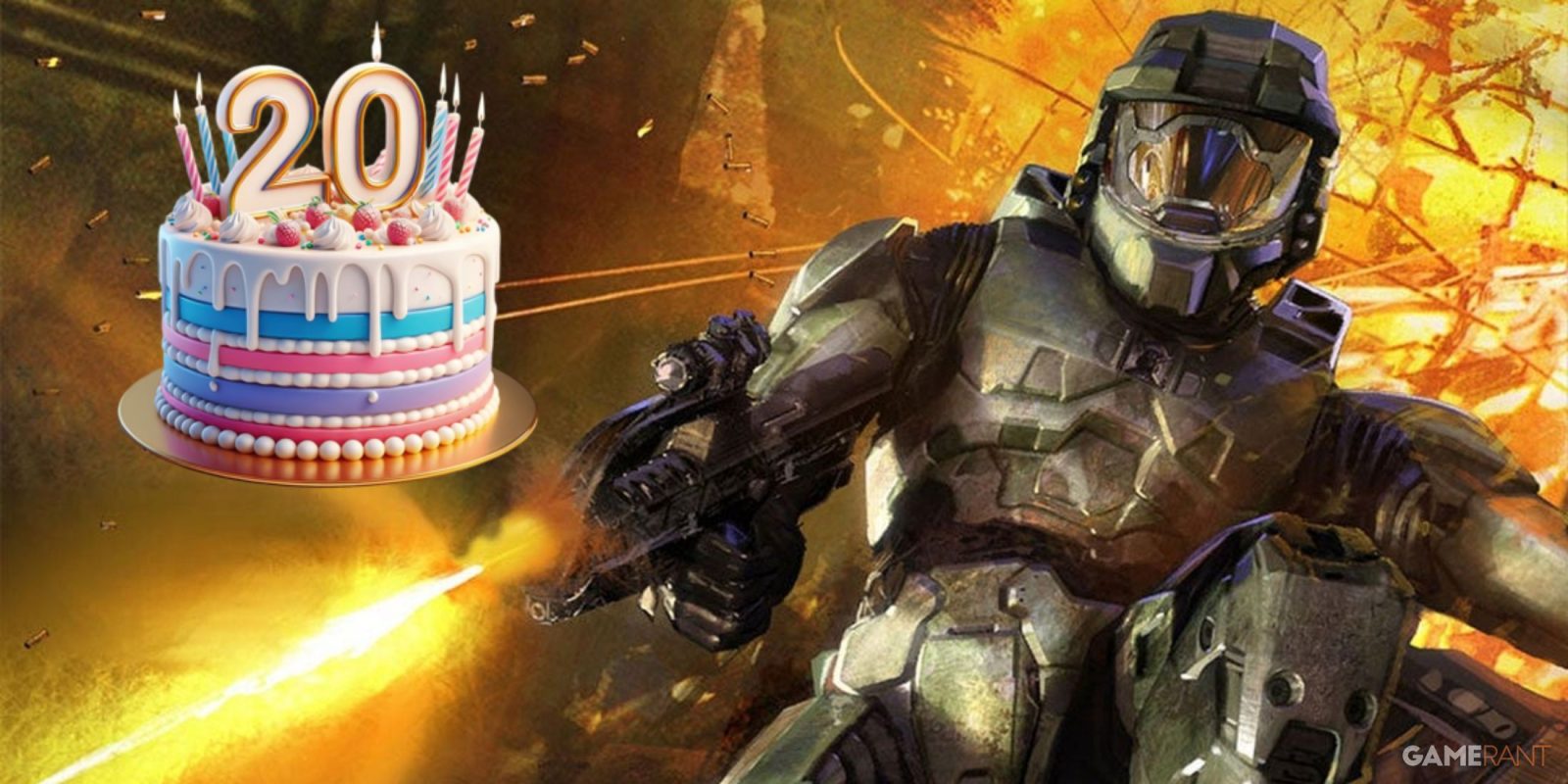

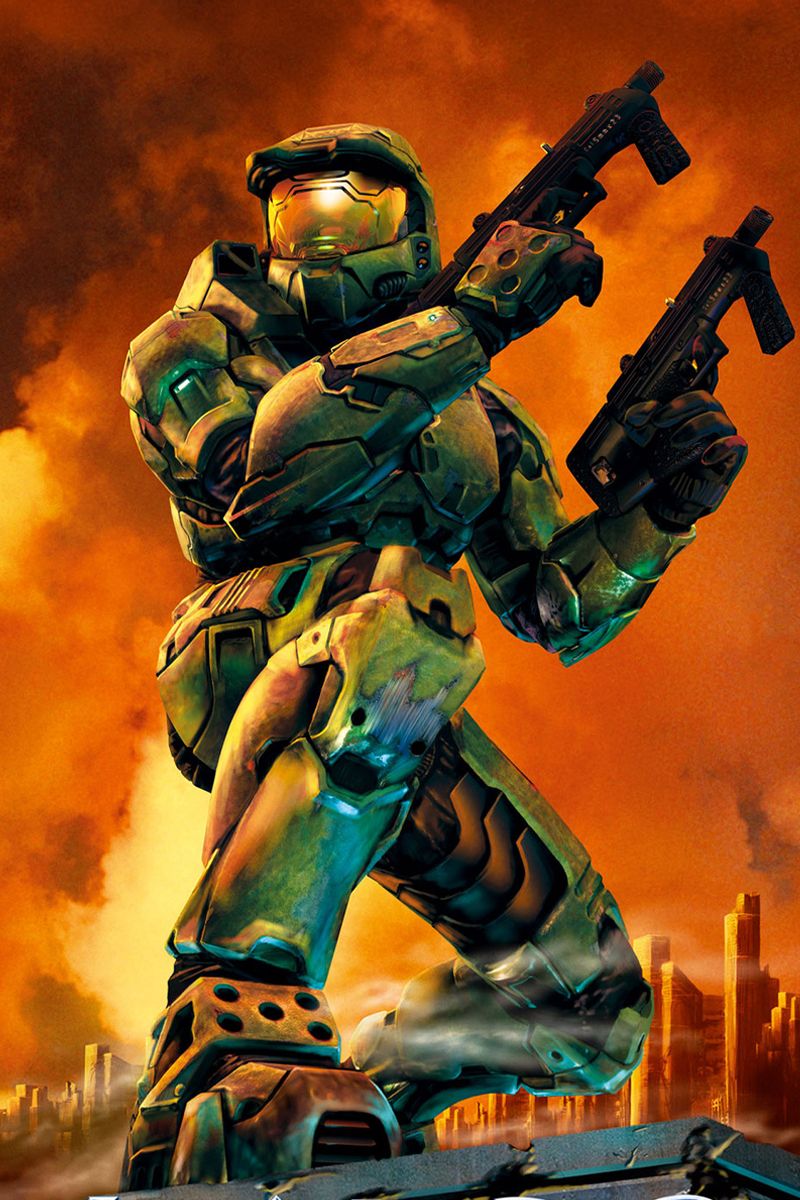




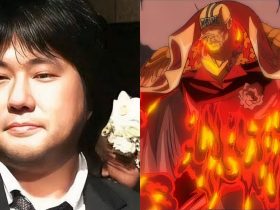
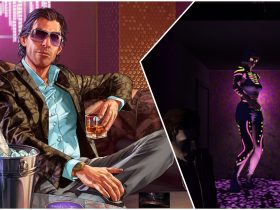

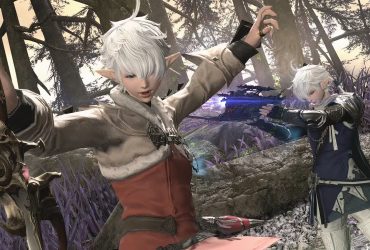

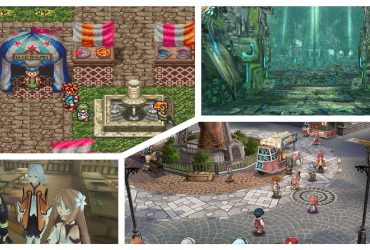

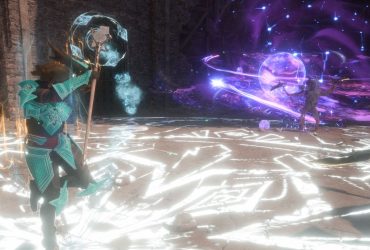
Leave a Reply